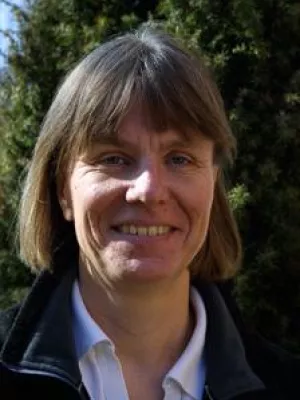
Katarina Hedlund
Professor

Plant species diversity, plant biomass and responses of the soil community on abandoned land across Europe: idiosyncracy or above-belowground time lags
Author
Summary, in English
We examined the relationship between plant species diversity, productivity and the development of the soil community during early secondary succession on former arable land across Europe. We tested the hypothesis that increasing the initial plant species diversity enhances the biomass production and consequently stimulates soil microbial biomass and abundance of soil invertebrates. We performed five identical field experiments on abandoned arable land in five European countries (CZ, NL, SE, SP and UK) which allowed us to test our hypothesis in a range of climate, soil and other environmental factors that varied between the experimental sites. The initial plant diversity was altered by sowing seed mixtures of mid-successional grassland species with two or five grass species, one or five legumes and one or five forbs. The results of low and high sown diversity treatments were compared with plots that were naturally colonized by species present in the seed bank. In three out of the five field sites, there was no correlation between plant species number and plant biomass production, one site had a positive and the other a negative relation. Treatments with a high diversity seed mixture had a higher biomass than the naturally colonized plots. However, there was no significant difference between high and low sown diversity plots at four out of five sites. The three-year study did not give any evidence of a general bottom-up effect from increased plant biomass on biomass of bacteria, saprophytic fungi or abundance of microarthropods. The biomass of arbuscular mycorrhizal was negatively related to plant biomass. The abundance of nematodes increased after abandonment and was related to plant biomass at four sites. Our results support the hypothesis that plant species diversity may have idiosyncratic effects on soil communities, even though studies on a longer term could reveal time lags in the response to changes in composition and biomass production of plant communities.
Department/s
- Biodiversity
- Soil Ecology
Publishing year
2003
Language
English
Pages
45-58
Publication/Series
Oikos
Volume
103
Issue
1
Full text
- Available as PDF - 295 kB
- Download statistics
Links
Document type
Journal article
Publisher
Wiley-Blackwell
Topic
- Ecology
Status
Published
Research group
- Soil Ecology
ISBN/ISSN/Other
- ISSN: 1600-0706